Arte Cocoa Butter Colouring: The Professional's Secret to Excellent Colour Mastery
Colour is not just an accent, it's a powerful medium that can transform a simple dessert into a captivating work of art.
2 min read
Oct 4, 2022 10:28:11 AM
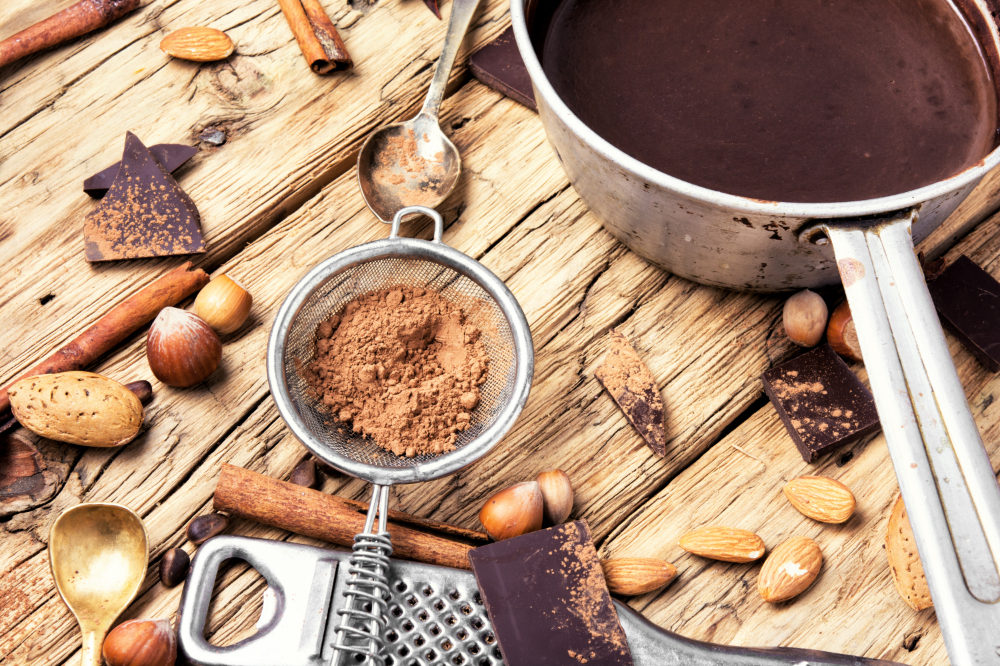
When working with chocolate, temperature is one of the most important factors you need to pay attention to. There are ways to fix chocolate that has gone through temperature issues, but sometimes, it can be really difficult to fix. And trust us when we say, temperature can really make or break your creations!
The thing about working with chocolate is, different types of chocolate require different temperatures. This is because milk and white chocolate contain added dairy ingredients, which affects their melting point and working temperature. Therefore, you can’t just use the same temperature for all types of chocolate.
Here is a handy guide for you to keep in mind when working with chocolate: from melting, tempering, to storing chocolate.
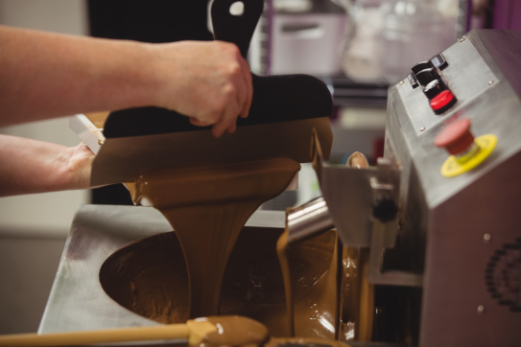
When you start working with chocolate, one of the first things you do is melt the chocolate. This is also where you need to start paying attention to temperature.
When melting white chocolate in particular, we suggest that you melt the chocolate more slowly and carefully. White chocolate is more prone to caramelization and burning. Caramelization can be what you are going for, but if you’re not, caramelization and especially burning can ruin the taste of your chocolate.
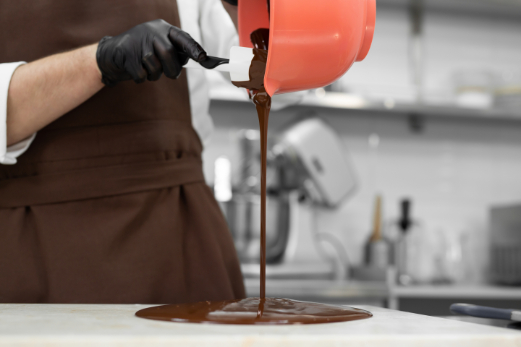
Whether you are using a bain-marie, ice bath, or tabling method to temper your chocolate, there are 3 steps in which you need to reach different temperatures. If you’re not familiar with the tempering process yet, take a look at these articles:
The first step is melting the chocolate, which we have discussed in the previous section. This gets the chocolate to a temperature where all the crystals in the cocoa butter melt.
The second step is shock-cooling the chocolate, which encourages the formation of some fat crystals.
The third step is bringing the chocolate back to its working temperature where beta crystals form.
To make sure you are reaching the correct temperature when tempering chocolate, we highly recommend you use a thermometer. At our technical kitchen, we use an instant-read thermometer for the best results. But you can also use a candy thermometer or an infrared thermometer.
However, if you’re in a situation where you don’t have a thermometer, we have the solution. Read this article to know how you can temper chocolate without a thermometer.
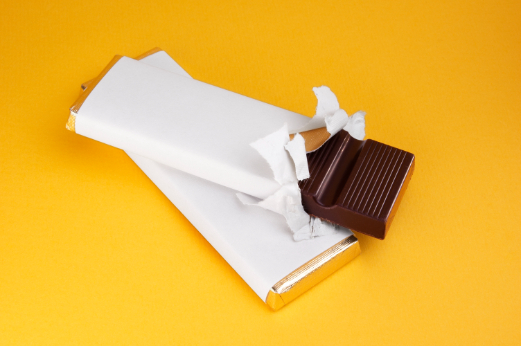
When you are done working with chocolate, it’s time to store your chocolate. Here are some things you need to keep in mind:
The best way to store chocolate is by keeping it below 24°C, ideally between 18 and 22°C. If you have a business that is sure to involve working with chocolate, it is best if you have a storage room dedicated to storing chocolate and other temperature-sensitive products.
If you don’t have a dedicated storage space, or if it is too hot where you live, then it is possible to store chocolate in the refrigerator. Make sure you wrap your chocolate tightly in cling wrap and put it in an airtight container.
When you take the chocolate out, let it come back to room temperature before unwrapping. This will keep your chocolate in a good condition.
If you are looking for couverture chocolate for your business, consider using Embassy Chocolate. We provide versatile premium couverture chocolate that has high fluidity, making it easy to use for professionals and novices alike. For more information, contact us by clicking here.
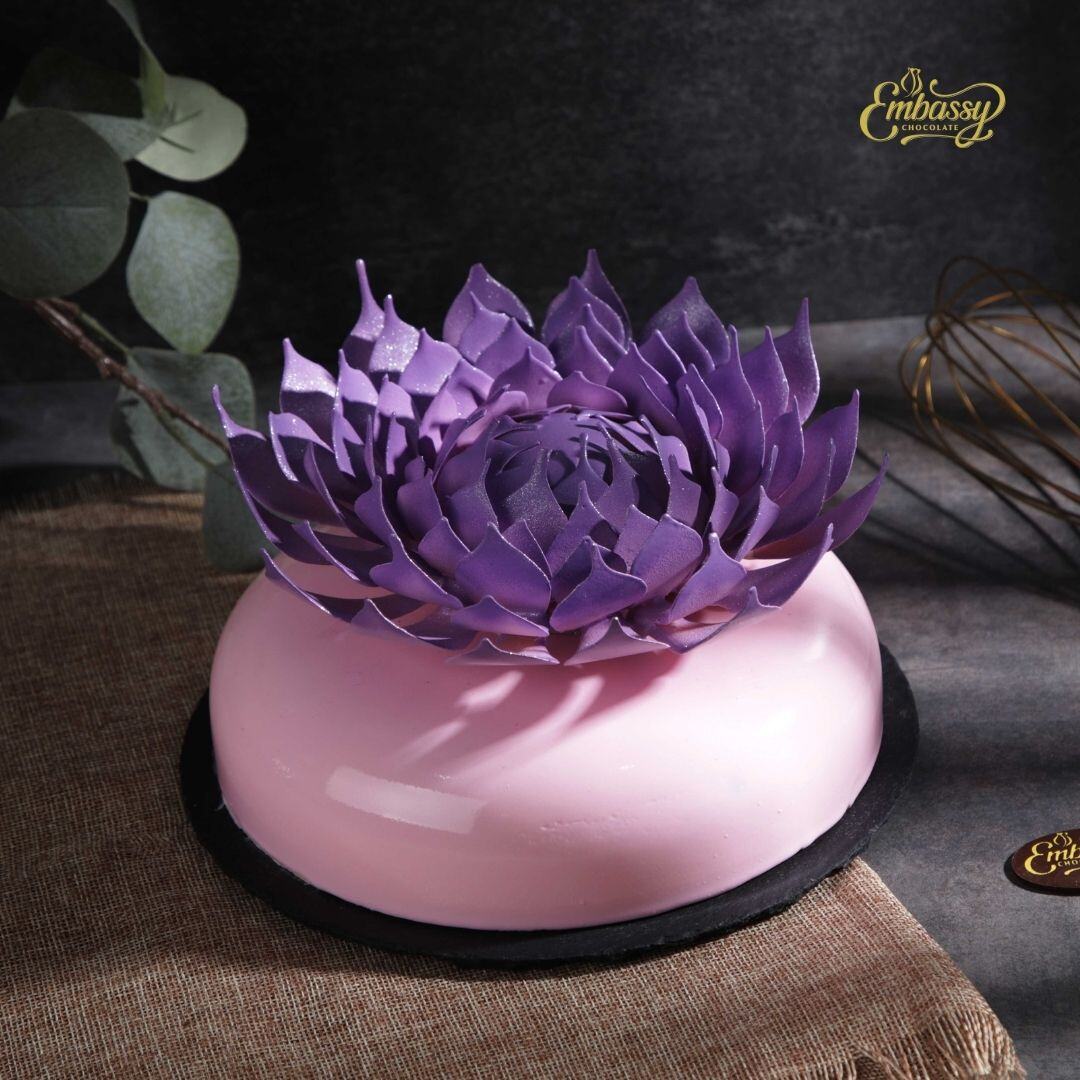
Colour is not just an accent, it's a powerful medium that can transform a simple dessert into a captivating work of art.
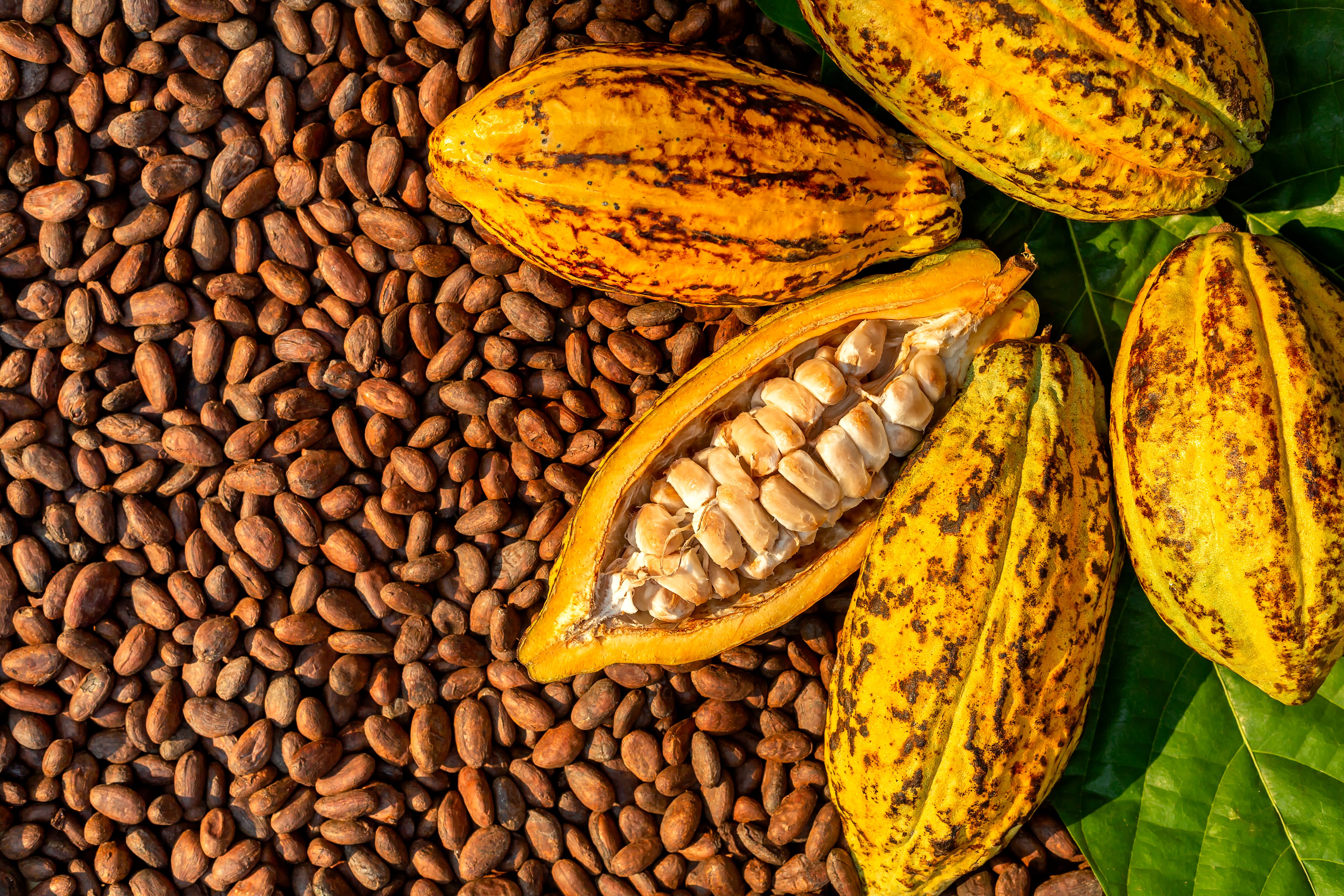
Chocolate, a beloved treat enjoyed by millions worldwide, is facing a bitter truth: the steady rise in cocoa bean prices due to disease outbreaks and...
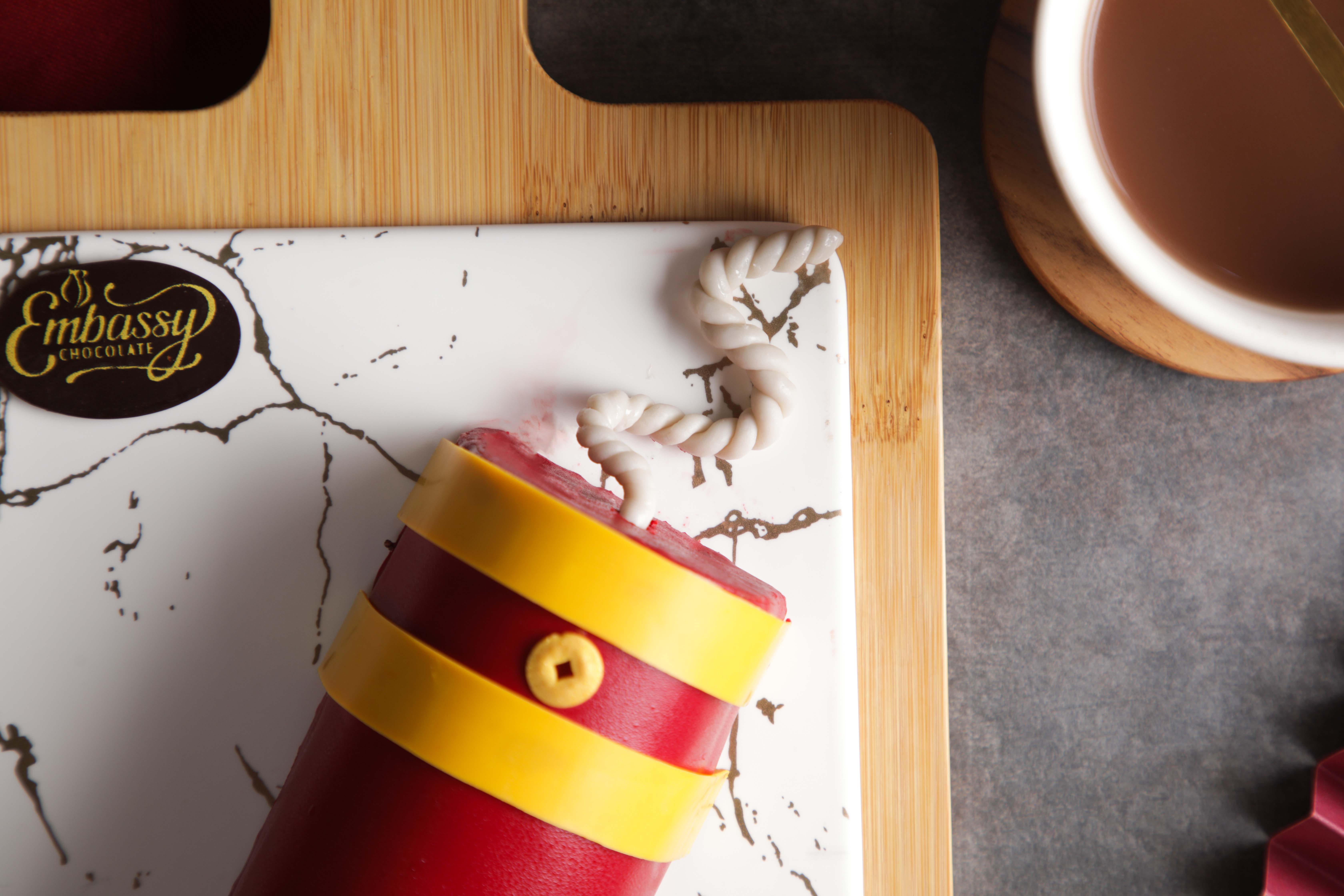
Set the Lunar New Year ablaze with our Firecracker Chocolate Roll Cake! Experience layers of rich chocolate with a hint of fiery excitement,...